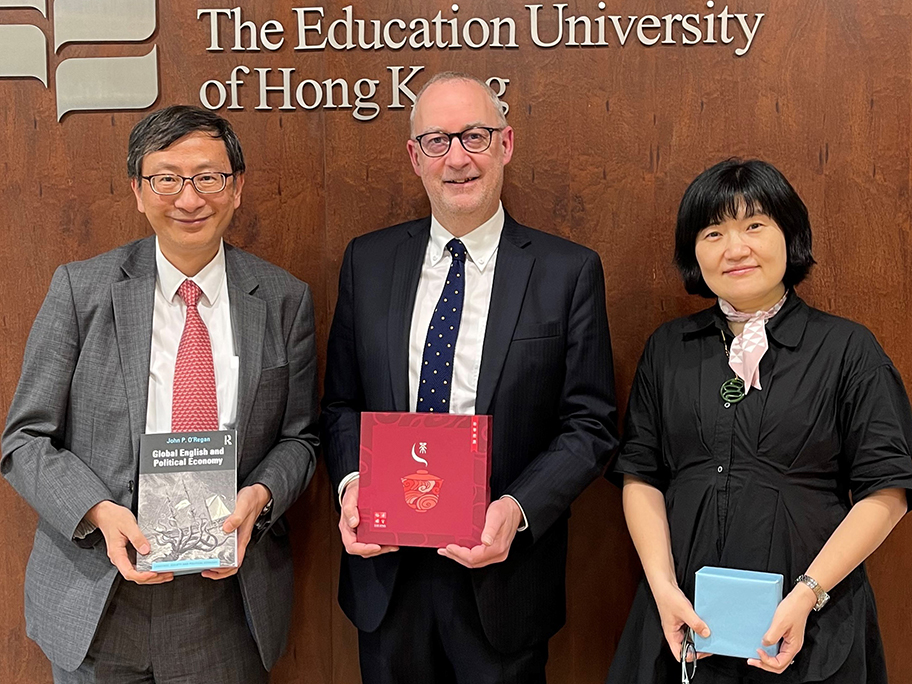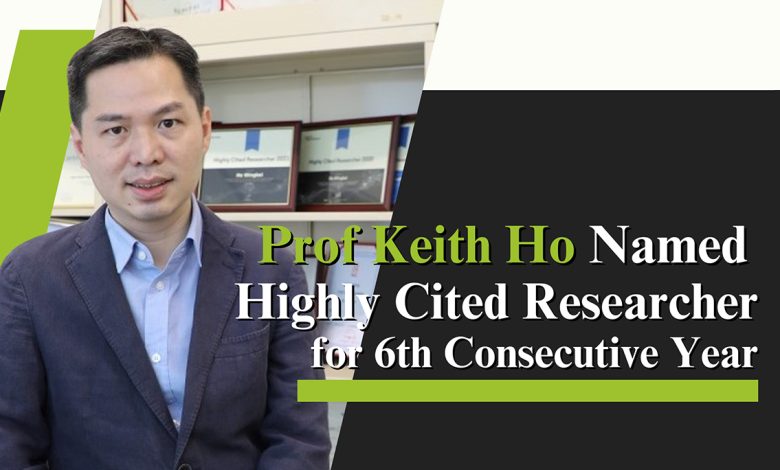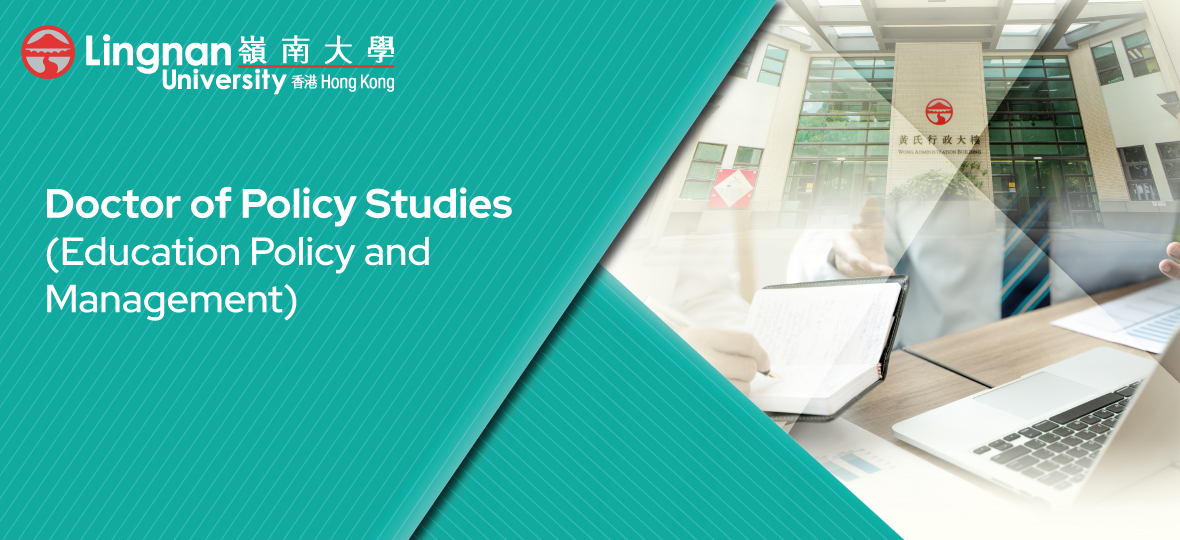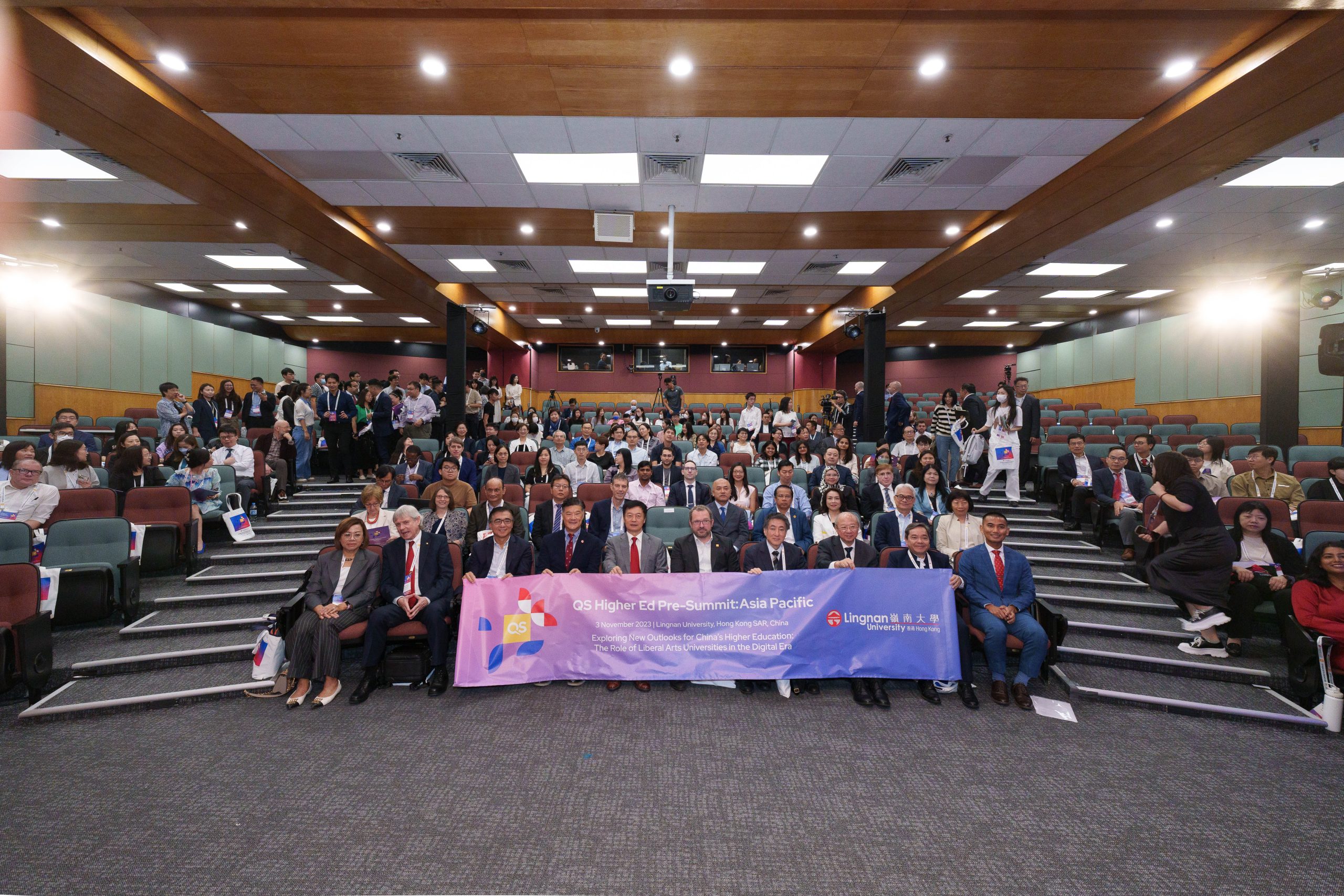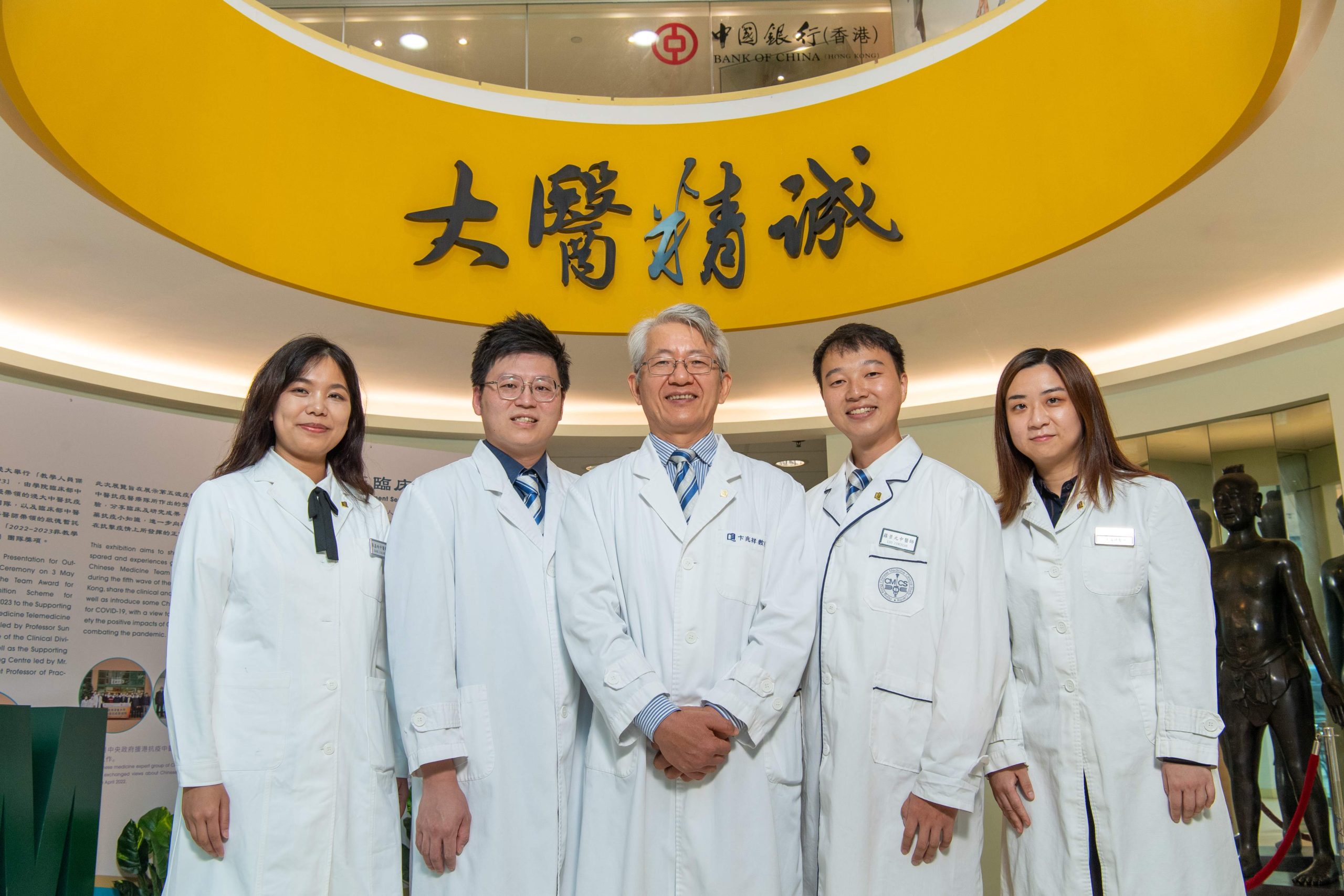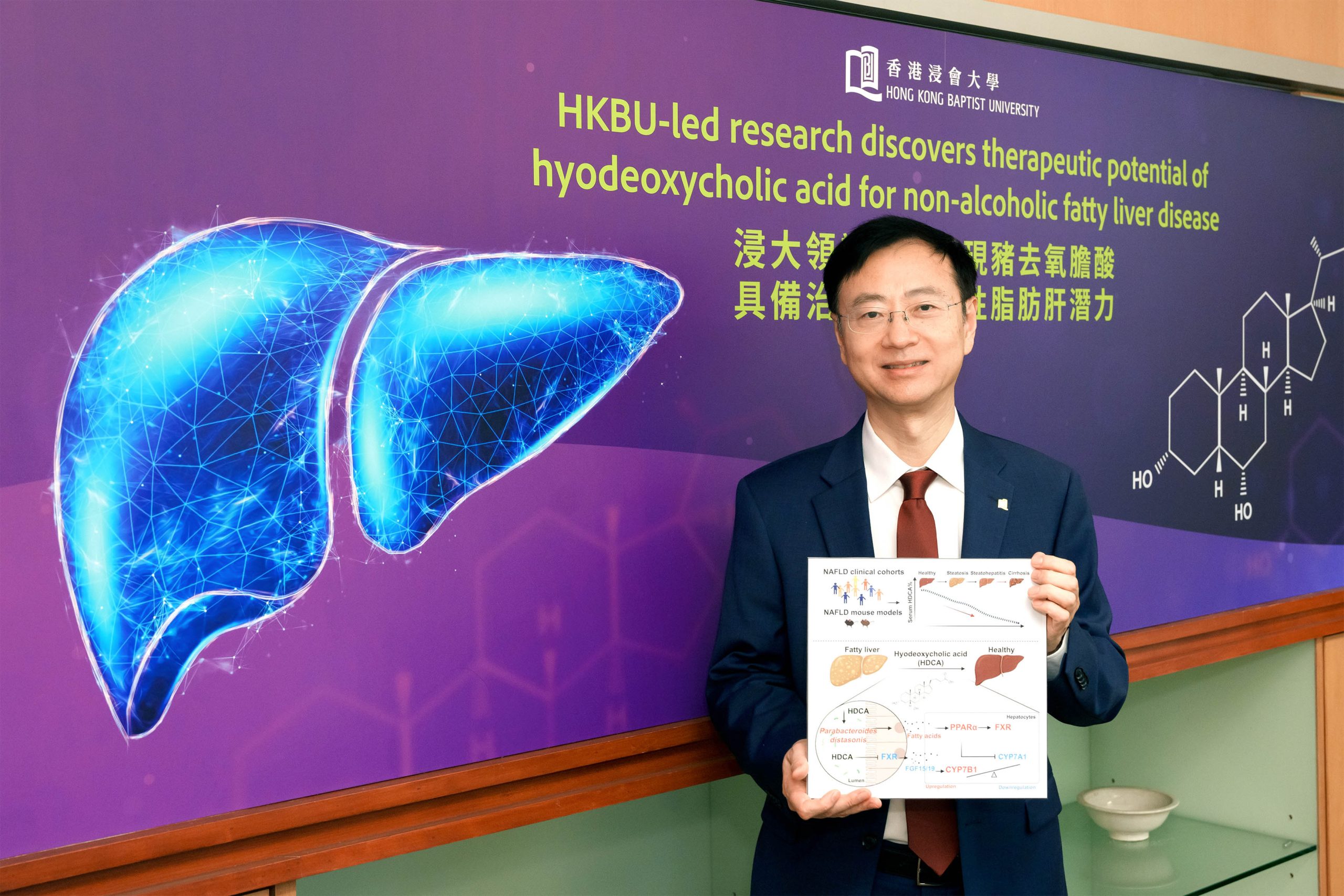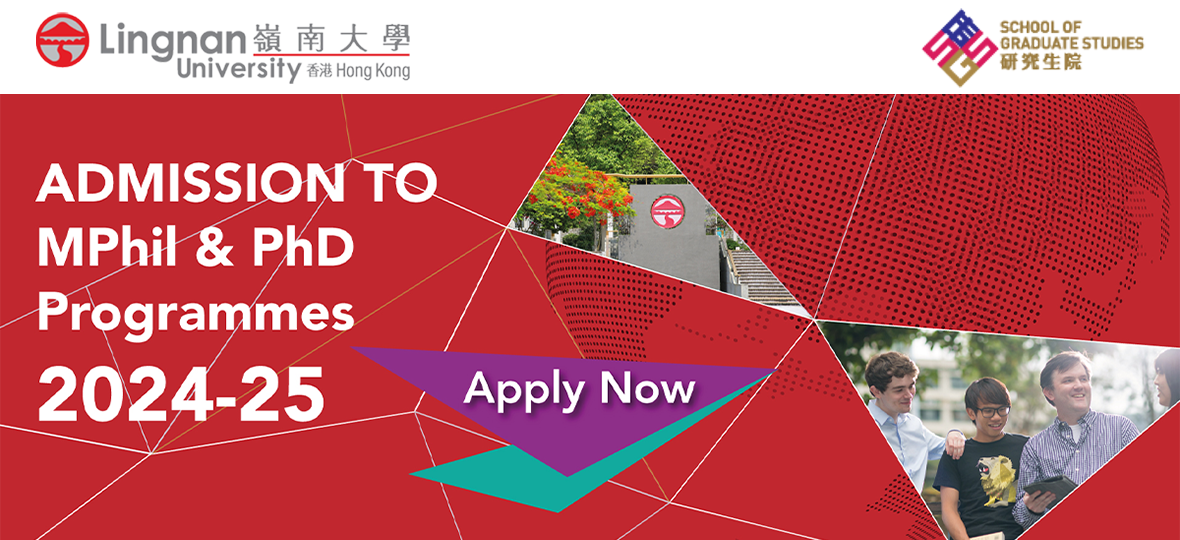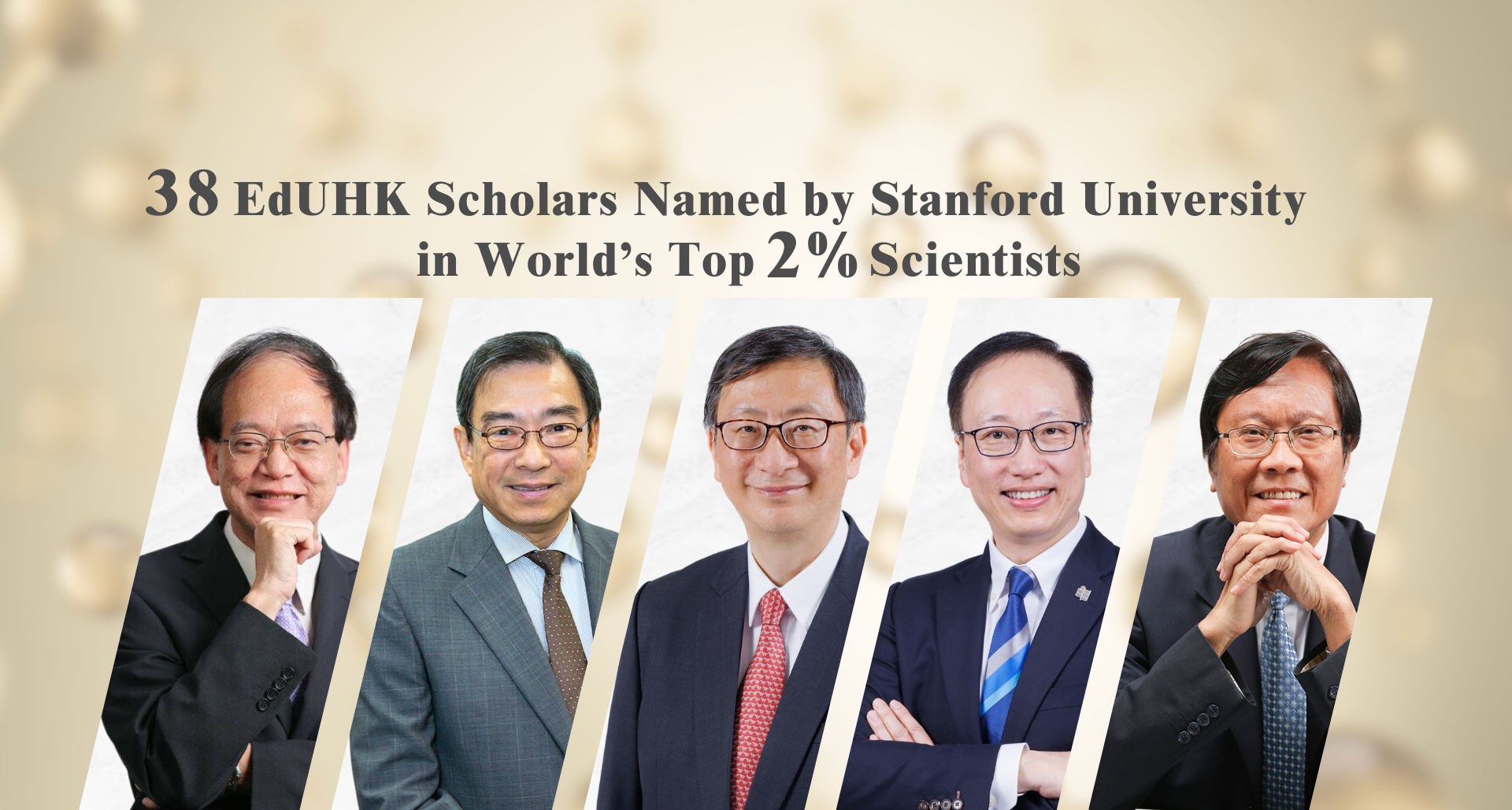Today’s historians are able to deploy a range of digital technologies to identify new research sources, analyse historical patterns and uncover once-marginalised voices. They can also visualise, present, and disseminate historical materials and findings, through digital media, and via Virtual Reality and Augmented Reality simulations, to reach ever wider audiences. Most excitingly, the possibilities of some of the latest developments, such as in the field of generative AI, are still yet to be fully explored.
“We could train an AI bot with text from the Han Dynasty, from around 2,000 years ago,” explains Professor Leung, Head of Lingnan University’s Department of History. “Once properly trained, we could then talk to a ‘person’ from the Han Dynasty.”
Prof Leung believes such technologies are opening up unprecedented opportunities for researchers, teachers and students, and enabling the general public to engage with and appreciate history, as never before. To support those aiming to seize these opportunities, Lingnan’s Department of History will launch its new MA programme in Digital History in Global Asia (DHGA) in September 2024.
Lingnan University’s new MA in Digital History in Global Asia
The DHGA will be the first MA of its kind, both within Hong Kong and the wider region, and Lingnan’s liberal arts ethos combined with the Department of History’s teaching talent, make the university the ideal home for such a programme.
“We hope to train our students to, first, use the tools really well and then to understand the meaning of the new data that is generated,” Prof Leung says.
The focus on Asia’s global past in the programme is intended to provide students with concrete material to apply the digital tools to. What’s more, many of the early developments in the digital humanities, digital history and geographical information systems, were made by scholars in Asian studies.
“One of the first corpuses of text fully digitised was the Buddhist corpus,” Prof Leung notes. This track record provides the MA with deep foundations to build on, and Asia continues to be at the forefront of the evolution of digital history.
Preparation for an exciting future
The skills and understandings to be gained on the DHGA programme are in demand in a range of fields, such as education, the creative media, cultural management, heritage preservation, information science, programming, and academia.
The programme’s four core courses are designed to provide foundational knowledge, while the elective courses will explore digital tools and their potential uses. Students will learn to use a range of digital applications for historical research, including: QGIS (Geographic information Systems mapping); Gephi, Tableau, Excel and other database software, and; SketchUp and Visual Novel, for 3D rendering and visual storytelling.
When it comes to the DHGA’s final capstone project, Prof Leung says he wants students to make their own personal choice of topic, one that is not only relevant but also that they find inspiring. “It will really depend on the specific interests of the students, but we do want it to have a very concrete, substantive digital component.”





